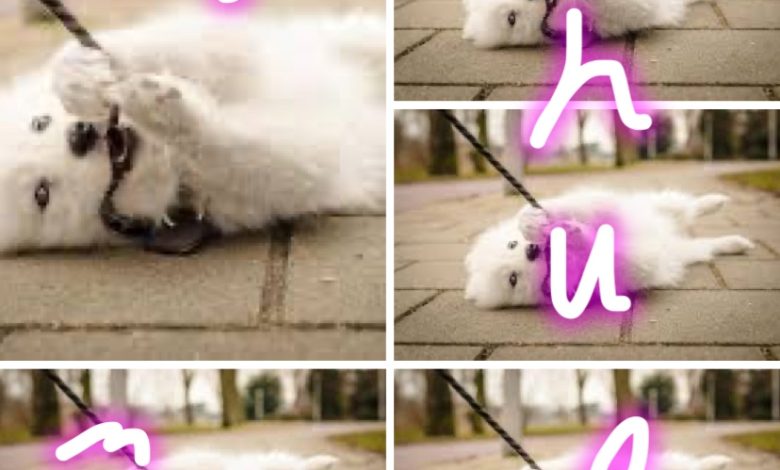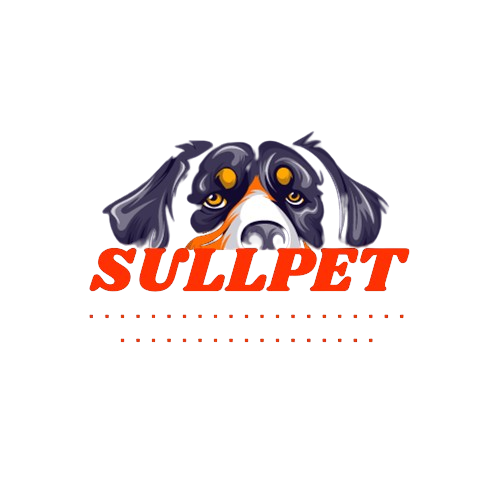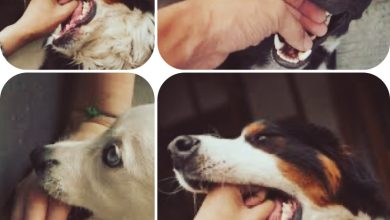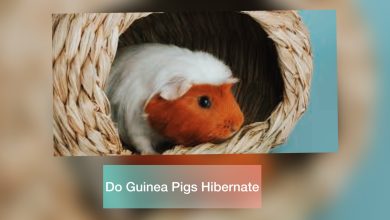Why Does My Dog Chew on His Leash

Walking your dog is supposed to be an enjoyable activity, but it can quickly turn into a frustrating experience if your furry friend constantly chews on his leash. But don’t worry, in this article, we’ll explore the reasons Why your dog Chew on His Leash and How to Stop It and provide practical tips to help you prevent it.
Dogs chew on their leashes for various reasons. Some do it because they are bored or anxious, while others find it a fun and satisfying activity. Whatever the reason, it’s essential to figure out the root cause of your dog’s behavior to address it effectively.
Potential Reasons Why Dogs Chew on Their Leashes
Boredom is one of the most common reasons for leash chewing behavior in dogs. Our furry friends are active animals that need regular exercise and mental stimulation. Without enough physical and mental stimulation, dogs can easily become bored and resort to destructive behaviors such as leash chewing.
Anxiety and fear are other factors that can cause leash chewing behavior in dogs. When a dog feels overwhelmed or threatened, they may resort to chewing on their leash as a way to relieve stress.
Also Read: Can dogs eat dog meat?
Training Tips to Prevent Leash Chewing in Dogs
Fortunately, there are several effective techniques you can use to prevent your dog from chewing on his leash. One of the most effective methods is to redirect your dog’s attention to a toy or treat during walks. This will keep your dog focused on the toy or treat, and away from the leash.
Another technique is to increase the frequency and duration of your dog’s exercise and playtime. This will help reduce boredom and anxiety, and also provide much-needed mental and physical stimulation.
Positive reinforcement training is also an excellent way to modify your dog’s behavior. Reward your dog with treats and praise when he exhibits good behavior, such as walking calmly on the leash.
The Role of Play and Exercise in Managing Leash Chewing Behavior
Regular play and exercise are crucial for a happy and healthy dog. Not only do they provide much-needed physical and mental stimulation, but they also help reduce anxiety and boredom. By incorporating daily play and exercise into your dog’s routine, you can help manage their leash chewing behavior and improve their overall well-being.
When to Seek Professional Help for Leash Chewing Dogs
If your dog’s leash chewing behavior persists despite your efforts, it may be time to seek professional help. A certified dog trainer or animal behaviorist can provide personalized guidance and training to help modify your dog’s behavior.
Other Common Dog Behavior Problems and Their Solutions
Leash chewing is just one of many behavior problems that dogs can exhibit. However, with proper training and attention, most behavior problems can be resolved. Some other common dog behavior problems and their solutions include:
- – Barking: Train your dog to stop barking on command and reward them with treats when they do.
- – Jumping: Teach your dog to sit and stay when greeting people and reward them for good behavior.
- – Digging: Provide your dog with a designated area to dig and bury toys or treats to encourage them to dig there instead of other areas.
Importance of Positive Reinforcement Training in Modifying Dog Behavior
Positive reinforcement training is an effective way to modify your dog’s behavior. This technique involves rewarding good behavior with treats, praise, or playtime.
Positive reinforcement training can be used to teach your dog new behaviors, such as walking calmly on a leash, and to discourage unwanted behaviors such as leash chewing.
How to Create a Safe and Enjoyable Walking Experience with Your Dog
Creating a safe and enjoyable walking experience with your dog is crucial for both you and your furry friend. Here are some tips to help you achieve this:
- – Use a comfortable and appropriately sized leash and collar.
- – Choose safe and appropriate walking areas.
- – Use positive reinforcement training to teach your dog how to walk calmly on the leash.
- – Bring water and treats for your dog.
- – Always clean up after your dog.
Conclusion
In conclusion, leash chewing behavior in dogs is a common problem that can be addressed with the right approach. By understanding the reasons behind your dog’s behavior and implementing effective training techniques, you can prevent leash chewing and improve your dog’s overall well-being.
Remember to incorporate regular play and exercise into your dog’s routine, and seek professional help if needed. With patience and persistence, you and your furry friend can enjoy safe and enjoyable walks together.





